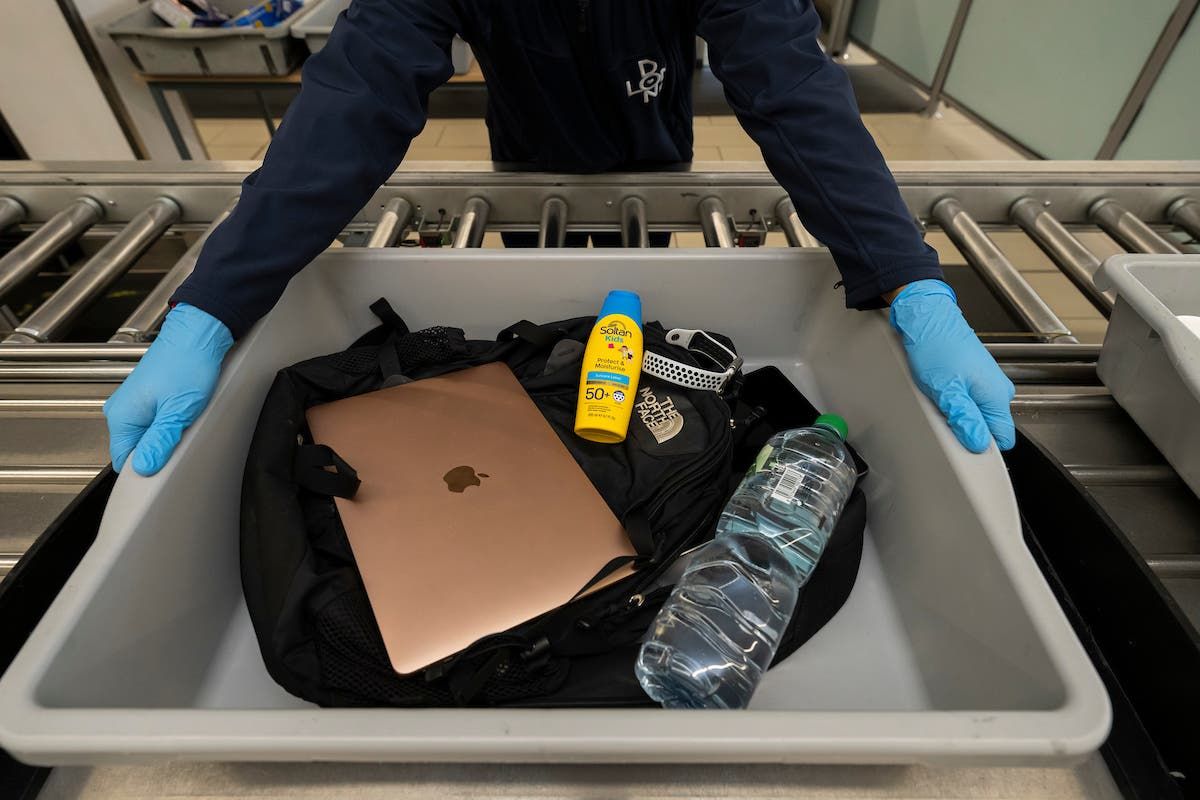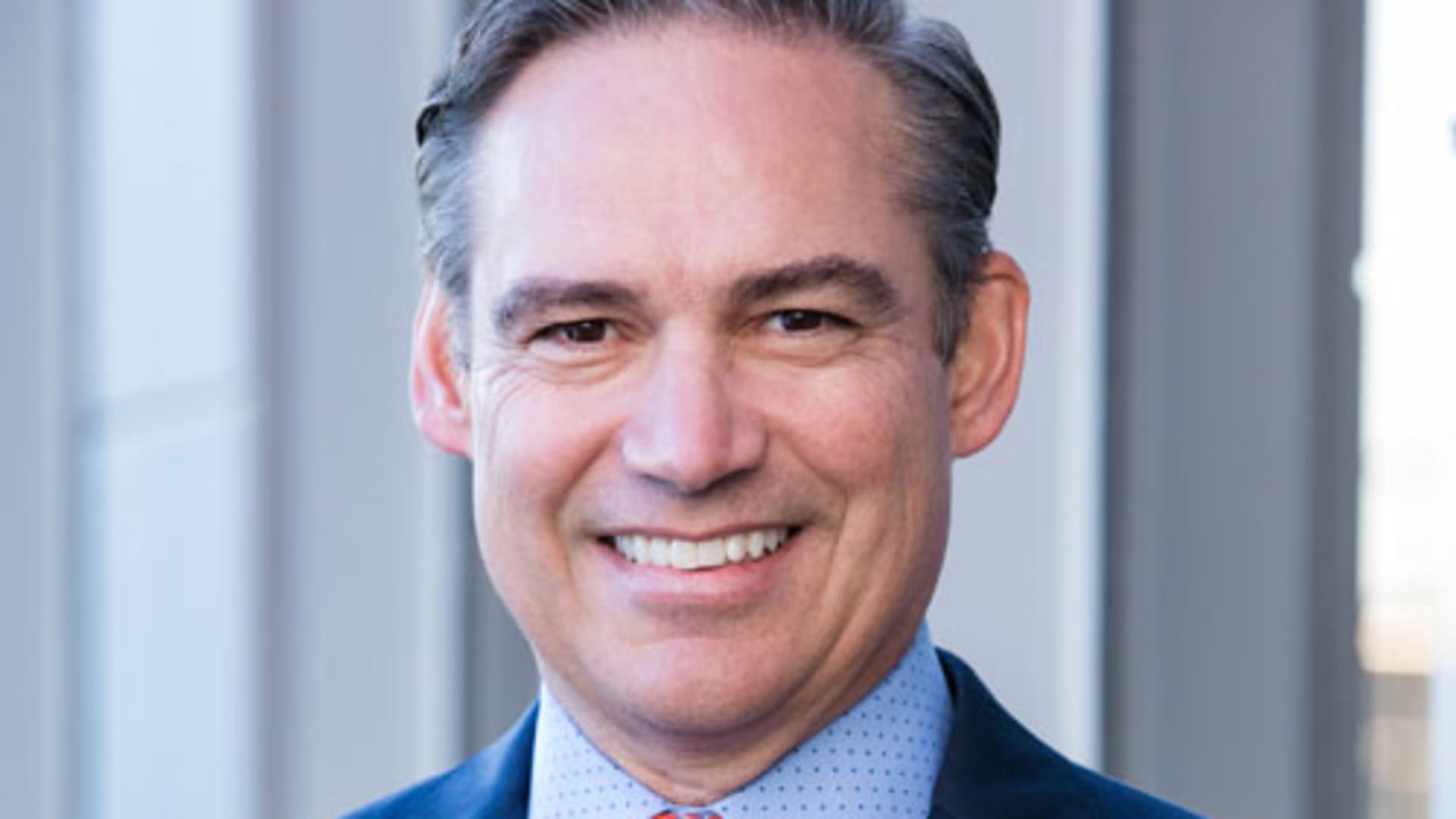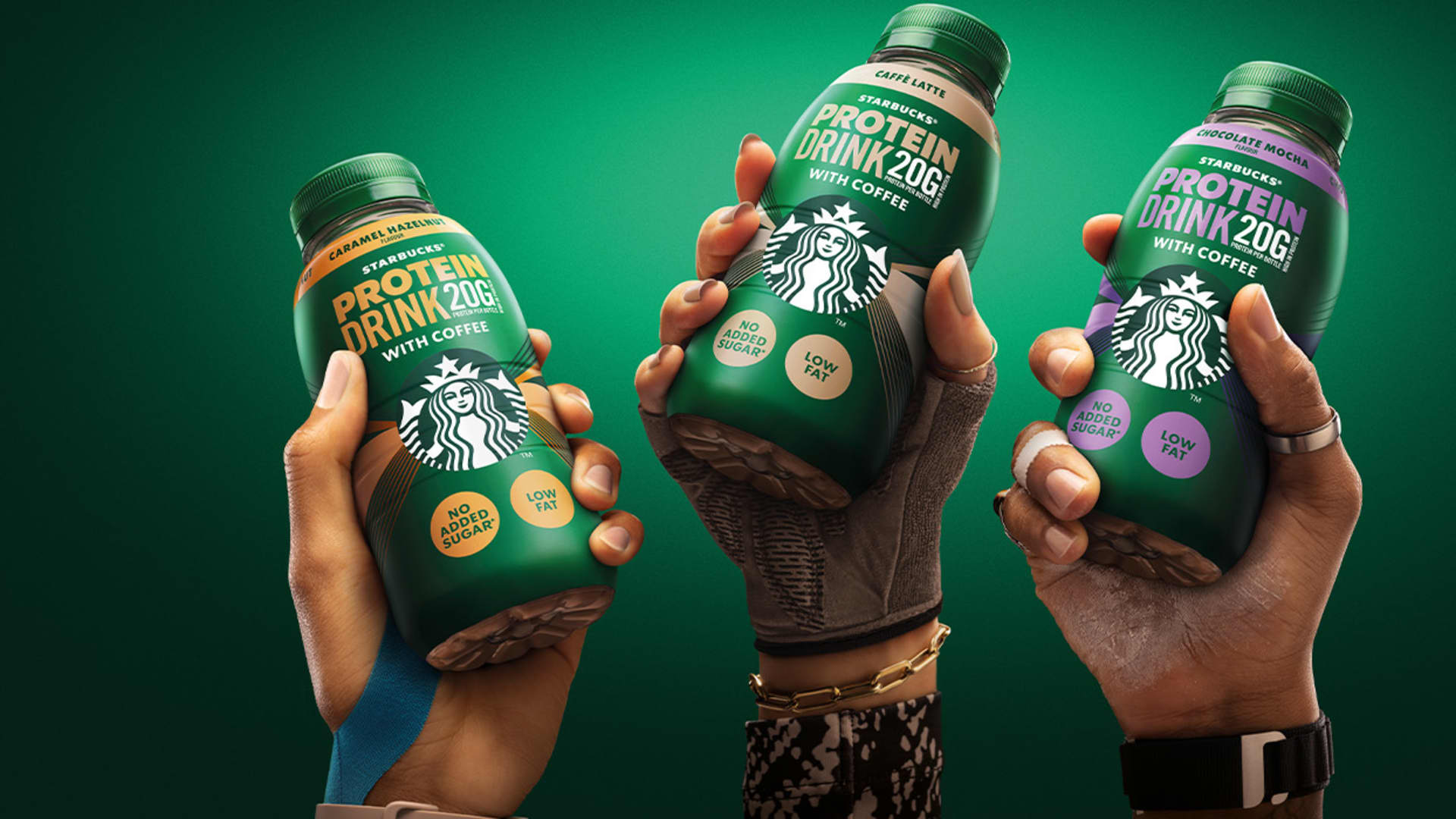Many airline passengers say the worst part of any trip is airport security. In normal times, around the world, half a million people pass through airport security every hour. Travelers are bothered by the limit on LAG (liquids, aerosols and gels) in hand luggage, as well as the obligation to remove electronic devices such as laptops and tablets from hand luggage.
The liquid standards were hastily introduced in 2006 as “a temporary measure” to protect against explosives. Despite repeated promises, they remain valid.
In 2019, Boris Johnson promised that rules would be relaxed at major UK airports by 2022, allowing larger quantities and removing the need to scan liquids separately. Rishi Sunak's government then extended that deadline until June 2024.
New scanners are being installed at checkpoints at major UK airports, but not quickly enough to meet the June deadline. The UK's largest centers say they will not be ready in time. Transport Secretary Mark Harper has given airports an extension but warned they could be fined if they further delay implementing smoother security.
Simon Calder, former and current Gatwick Airport security officer Independent travel correspondent explains more.
Hand luggage: what are the rules?
The list of items that cannot pass through airport security in carry-on luggage has grown over the decades, evolving in reaction to terrorist attacks, successful or not.
All weapons, whether firearms, knives or explosives, are prohibited in carry-on luggage. But there are also strict rules on larger quantities of liquids, sprays, gels, pastes, lotions and cosmetics, which extend even to yogurt, soft cheese and creamed eggs.
No container of any LAG can have a capacity greater than 100 ml and must be transported in a transparent resealable plastic bag with a maximum volume of one liter.
How did the liquid rule come about?
In August 2006, the aviation industry (and bewildered passengers) woke up to discover that passenger safety standards had been tightened overnight. The government announced that it had uncovered a terrorist plot to fly transatlantic airliners from Heathrow to North America.
The perpetrators intended to carry the components of the improvised explosive devices on board several aircraft. The ingredients, derived from hydrogen peroxide, were intended to be disguised in soft drink containers. The plotters intended to assemble the bombs on board before detonating them and destroying the plane. They were later found guilty of crimes including conspiracy to murder and conspiracy to cause explosions.
British airline bosses were called in the early hours of August 10, 2006 to inform them that their passengers would be banned from carrying anything more than a handbag or wallet into the cabin of a plane. Even ballpoint pens were banned on transatlantic flights, claiming that the ink they contained was liquid.
A concession was made to nursing mothers: they could carry milk for their baby through the checkpoint, but only if they first tasted it in front of security personnel to prove it was authentic.
Baggage systems could not cope with two or three times the normal number of items, and Heathrow Airport was brought to a near standstill. Flight networks in other parts of the UK and Europe were also affected.
Three months later, the rules were relaxed, but with strict limits that prevail today at almost all airports in the UK and abroad. The limits were introduced as a “temporary measure” while airport security technology caught up. But progress has been painfully slow.
Even a very modest relaxation of the rules – allowing airport drinks purchases to be made through checkpoints in a sealed “tamper-proof security bag” (Steb) – took years to implement.
Many passengers are still trapped and lose their expensive purchases at the airport, because duty-free drinks are not allowed at the airport where they change planes.
Is there a technological solution?
Yes. Modern scanners use computed tomography (CT), the same technology as medical scanners, to analyze the molecular structure of the contents of a passenger's bag. Nachines can detect any potential threat and present security officers with a three-dimensional image of the content.
They can also analyze whether laptops and other electronic equipment pose a danger.
At airports where this technology is used, it is no longer necessary to remove liquids or laptops. The kit was first used in Europe in Shannon, western Ireland, where “liquids, gels, pastes, lotions and cosmetics in containers of any size” can pass through security from March 2022.
Newcastle, Teesside and London City airports are also now fully updated.
Travelers have a much simpler experience: they no longer need to deconstruct their carry-on suitcases and the entire process at the airport seems much simpler.
Security is also improved, with more sophisticated assessment of potential threats. The amount of staff time spent on “side searches” is reduced, allowing agents to spend more time evaluating passenger behavior.
To reduce stress on passengers and increase security, in 2019 the government ordered all major UK airports to have advanced CT scanners at security checkpoints by December 1, 2022. But the deadline was not met. term.
During the Covid pandemic, airports faced catastrophic losses as passenger numbers collapsed. The obligation to make the necessary multi-million dollar investment was eliminated.
But now calmer trips are back on the table?
Yes. In 2022, Transportation Secretary Mark Harper said the airport experience would be easier starting in June 2024: “Small toiletries have become a staple of security checkpoints.” of airports, but all that is about to change. I am simplifying carry-on baggage rules at airports while improving security.
“By 2024, major UK airports will have the latest security technology installed, reducing queue times, improving the passenger experience and, most importantly, detecting potential threats.”
Some airports, including Luton and Birmingham, are on track to meet the June 2024 deadline. But the UK's four largest airports will not be ready.
- A Heathrow airport spokesperson said The independent: “Heathrow has 146 lanes to replace, while some of the smaller airports have fewer than 10 to replace, this shows the magnitude of the work underway at Heathrow as we continue to ensure seamless security experiences for passengers.”
- Gatwick expects to be fully ready in the first three months of 2025. A Sussex Airport spokesperson said: “We currently plan to have completed the significant logistics operation required to install the remaining scanners in the first quarter of 2025, after the busy summer period. concluded.”
- Manchester Airports Group, which owns Stansted and East Midlands as well as Manchester, will have the new scanners “installed in a large number of our security lanes by June 2024”, but the program will not be completed until 2025.
When everyone is ready, will that be the end of the problems?
Not necessarily: passenger confusion is a constant problem for aviation safety. Nothing has changed yet, although some travelers may infer that it has.
Around the world, non-compliance is a key issue for aviation security professionals (and passengers).
In many airports, liquids are limited but can remain in the traveler's bag. Laptops and tablets such as iPads must be recalled in the UK and many other countries, but in some nations it is not necessary.
In Israel, the procedures are completely different. Officials say: “Passengers must arrive three hours before departure for the security screening procedure.” Sometimes there is intense interrogation by officials and laptops have to be removed. But liquids are allowed without restrictions.
The main problem: Passengers should not expect aviation security to be the same around the world, or even across the UK. At some small Scottish airports, such as Barra, Campbeltown and Tiree, security checks have not been carried out since 2017.
Is this going to cost me more?
Airports that are collectively investing hundreds of millions of pounds will be looking for a return, and that could include an increase in fares. But the new technology should reduce personnel costs, which would represent savings for airports.
Willie Walsh, director general of the International Air Transport Association (Iata), which represents airlines around the world, said: “Implementing this technology should not come with a big bill. In fact, simplified processes should generate significant efficiencies.”
“Rapid deployment should be possible. “The technology has already been used successfully and for a long time in several airports around the world with measurable improvements in the passenger experience.”
Will aviation safety remain a permanent pain?
No. In 2019, Iata described the prevailing security situation as “no longer sustainable.” He has been working with airports for more than a decade on a project called “Smart Security.”
Ultimately, metal detectors and security pat-downs should be eliminated for many passengers, and technology should assess potential threats more effectively than humans staring at screens.
The passenger should be able to walk unhindered along a corridor flanked by detectors, barely realizing that they are being monitored.
Checkpoints will still be staffed, but security staff will be freed up to do what people do best, which is study passenger behavior and identify “persons of interest” for further investigation.










